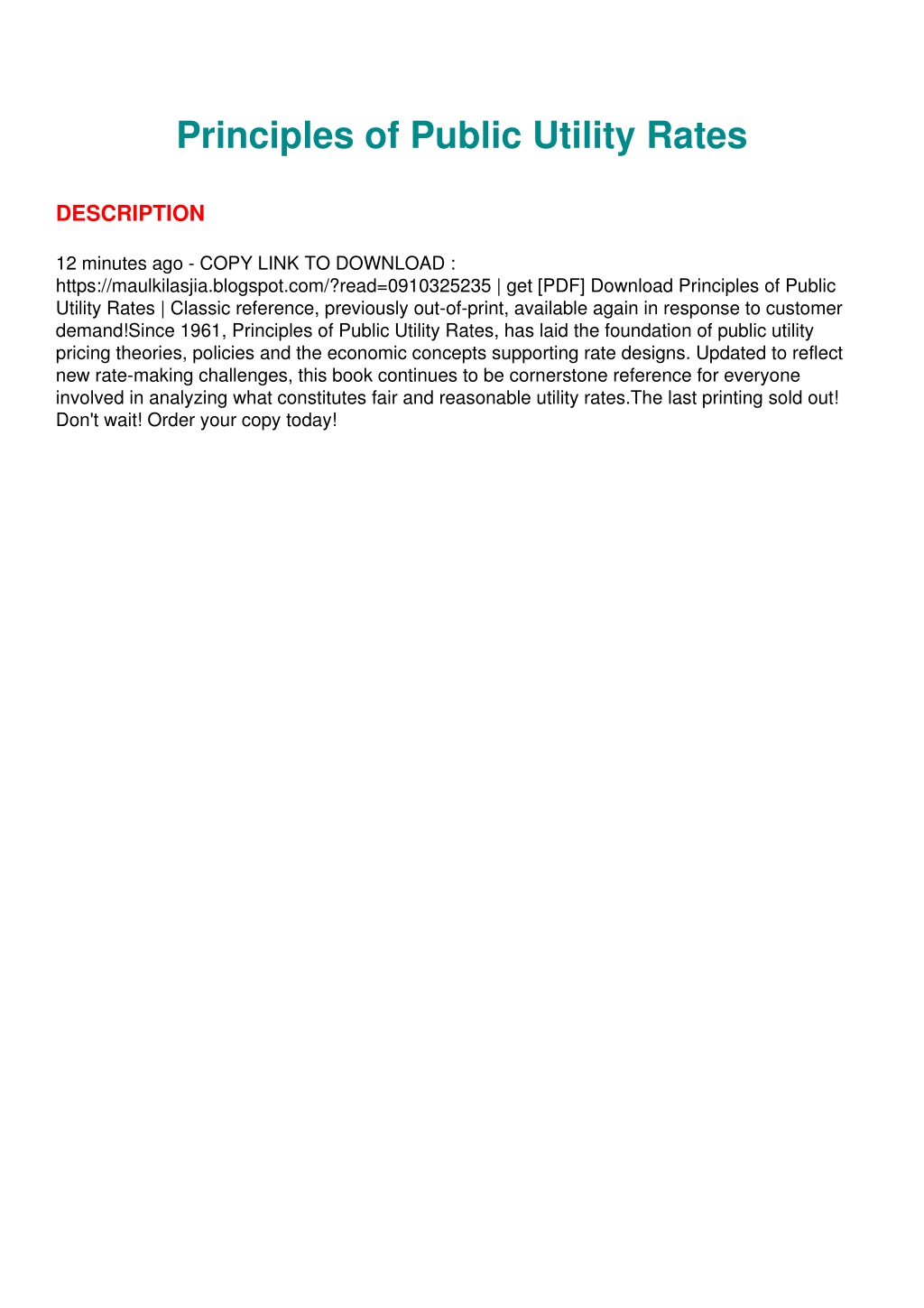
PRINCIPAL OR PRINCIPLE FOR LOANS FULL
In the example above, the total interest paid under the standard amortization (assuming the loan lasts the full ten years) is $332,236, while under the level principal alternative the interest paid is $306,701, or a 7.7% reduction. The larger initial payments mean that over the life of the loan the borrower would pay less in interest.The payment amount goes down over time and by about midway in the term of the loan the P&I would be lower than under a standard amortizing loan.Some of the advantages for the borrower include: Using the level principal payment approach can be beneficial for the borrower and the bank. Level Principle Pay Pluses for Bank & Borrower Thus, the level principal pays down the loan quicker. See the chart below:Īssuming the same loan terms, the total payment is initially 18% larger for the level principal alternative, matches at about 55 months and is 21% lower at maturity in ten years. Also, in terms of monthly paydown, the level principal amount is larger initially, but eventually the principal payment under the standard amortization method exceeds it. The principal portion as a percentage of the total payment is initially greater than the standard amortization method, but over time they equalize. It results in a total payment that declines over time. In a level principal loan, the principal payment remains constant, while the interest portion is reduced over the term of the loan. The graph below displays a 120-month fully amortizing loan: This generally means the monthly payment (P&I) remains constant and the portion applied to principal increases while the interest component declines (standard amortization method). Many commercial loans (excluding lines of credit, interest-only loans and construction lending) have an amortizing feature. We’ll explain a bit about each structure and go into the pros and cons of both below. Often that means offering something different than “the way we always do things.”Ĭase in point? Sometimes it makes sense to go away from an old standby like the standard amortizing loan and instead offer a level principal pay loan.


It’s about turning a deal into a conversation and finding solutions that benefit both bank and borrower. Where r is in decimal form r=R/100 r and t are in the same units of time.The best relationship managers take an approach to pricing that gives the customer options and makes them feel heard. Use this simple interest calculator to find A, the Final Investment Value, using the simple interest formula: A = P(1 + rt) where P is the Principal amount of money to be invested at an Interest Rate R% per period for t Number of Time Periods. Simple Interest Formulas and Calculations: 360 days/year have 30 days/month and 90 days/quarter. Time conversions that are based on day count of 365 days/year have 30.4167 days/month and 91.2501 days/quarter. Note that rate r and time t should be in the same time units such as months or years.

A = Total Accrued Amount (principal + interest).Simple Interest Equation (Principal + Interest)
PRINCIPAL OR PRINCIPLE FOR LOANS PLUS
This simple interest calculator calculates an accrued amount that includes principal plus interest.


 0 kommentar(er)
0 kommentar(er)
